Cloud Cost Monitoring Tools and Best Practices You Need to Know
- Nitin Yadav
- Knowledge
About

Discover the best cloud cost monitoring tools of 2025, optimization best practices, and how to reduce cloud spend with expert insights from SquareOps.
Industries
- CI/CD Pipelines, cloud cost monitoring, Cloud Cost Tools, SquareOps
Share Via
Introduction
Cloud computing has become a vital enabler of agility, scalability, and innovation. However, this agility often comes at a price: escalating and unpredictable cloud costs. As businesses increasingly adopt multi-cloud and hybrid cloud strategies, managing cloud spend has become one of the most critical—and complex—challenges. This is where cloud cost monitoring tools come into play.
In this in-depth guide, we’ll explore what cloud cost monitoring tools are, why they’re essential, the best tools available in 2025, and best practices that organizations should follow to optimize their cloud investments. Whether you’re a startup, an enterprise, or somewhere in between, this guide will equip you with the knowledge to take control of your cloud spending and improve financial accountability.
What Are Cloud Cost Monitoring Tools?
Cloud cost monitoring tools are software solutions that provide visibility into how cloud resources are consumed and how much they’re costing your organization. These tools enable businesses to track usage trends, detect anomalies, forecast future expenses, and implement cost-saving measures proactively.
Core Features of Cloud Cost Monitoring Tools
- Real-Time Cost Tracking
- Live dashboards that show current spending across services, regions, and teams.
- Helps detect unexpected cost spikes quickly.
- Live dashboards that show current spending across services, regions, and teams.
- Budgeting and Forecasting
- Tools allow teams to set budgets and receive alerts when thresholds are exceeded.
- Use historical data to predict future usage and costs.
- Tools allow teams to set budgets and receive alerts when thresholds are exceeded.
- Multi-Cloud Visibility
- Monitor usage and expenses across AWS, Azure, GCP, and private cloud environments.
- Monitor usage and expenses across AWS, Azure, GCP, and private cloud environments.
- Tagging and Resource Allocation
- Tag resources by department, team, or application to allocate costs accurately.
- Tag resources by department, team, or application to allocate costs accurately.
- Anomaly Detection
- AI-driven insights identify sudden changes in usage patterns.
- AI-driven insights identify sudden changes in usage patterns.
- Integration with CI/CD and DevOps Pipelines
- Some tools integrate directly with your deployment and orchestration systems (e.g., Terraform, Jenkins, Kubernetes).
- Some tools integrate directly with your deployment and orchestration systems (e.g., Terraform, Jenkins, Kubernetes).
- Compliance and Reporting
- Generate detailed cost reports for stakeholders and for audit purposes.
- Generate detailed cost reports for stakeholders and for audit purposes.
Cloud cost monitoring is not just about reducing expenses—it’s about improving operational efficiency, planning better, and aligning IT decisions with business goals.
Why Cloud Cost Monitoring Is Business-Critical
The Cloud Cost Dilemma
While cloud computing offers tremendous benefits, the “pay-as-you-go” model can lead to financial surprises. Here are the key challenges businesses face:
- Lack of Visibility: Teams often deploy resources without a clear view of associated costs.
- Shadow IT: Unauthorized cloud usage can lead to inflated bills.
- Idle and Underutilized Resources: Servers running without active workloads continue to incur costs.
- Complex Pricing Models: Each cloud provider has unique and often confusing pricing structures.
- Multi-Cloud Complexity: Managing costs across multiple platforms can become overwhelming.
Business Impacts
- Budget Overruns: Projects go over budget, reducing profitability.
- Delayed Decision-Making: Without data, finance teams struggle to plan.
Poor ROI from Cloud: Cost inefficiencies diminish the value of cloud investments.
Top Cloud Cost Monitoring Tools in 2025: A Detailed Comparison
Here’s an in-depth look at the leading cloud cost monitoring tools in 2025. Each is evaluated based on capabilities, platform support, use cases, and cost-effectiveness.
1. AWS Cost Explorer
- Platforms: AWS
- Strengths: Seamless integration with AWS services, cost allocation reports, usage trends
- Use Cases: Basic budget control, early-stage startups, AWS-centric teams
- Limitations: Limited to AWS, lacks advanced optimization recommendations
2. Azure Cost Management + Billing
- Platforms: Azure
- Strengths: Budget alerts, usage recommendations, management group-level visibility
- Use Cases: Azure-native workloads, enterprise finance teams
- Limitations: Minimal multi-cloud support
3. Google Cloud Billing Reports
- Platforms: GCP
- Strengths: Real-time reporting, customizable dashboards
- Use Cases: GCP-native teams, engineering-driven companies
- Limitations: Less intuitive compared to AWS and Azure tools
4. CloudHealth by VMware
- Platforms: AWS, Azure, GCP, private clouds
- Strengths: Policy-driven governance, deep analytics, security integration
- Use Cases: Large enterprises, regulated industries, multi-cloud environments
- Limitations: Steep learning curve, premium pricing
5. Apptio Cloudability
- Platforms: Multi-cloud
- Strengths: Financial modeling, forecasting, FinOps framework support
- Use Cases: CFOs, FinOps teams, financial controllers
- Limitations: Heavy-duty platform, better suited for large companies
6. Spot by NetApp
- Platforms: AWS, Azure, GCP
- Strengths: Continuous optimization, automation tools, workload right-sizing
- Use Cases: DevOps teams, SREs, performance-driven operations
- Limitations: Configuration complexity
7. Kubecost
- Platforms: Kubernetes, EKS, GKE, AKS
- Strengths: Real-time Kubernetes cost monitoring, per-pod cost allocation
- Use Cases: Containerized environments, microservices architecture
- Limitations: Not suitable for non-Kubernetes environments
8. Harness Cloud Cost Management
- Platforms: AWS, GCP, Azure, Kubernetes
- Strengths: Developer-friendly, anomaly detection, workflow automation
- Use Cases: CI/CD-centric organizations, engineering teams
- Limitations: Still evolving in analytics depth
9. Atmosly by SquareOps
- Platforms: AWS, Azure, GCP, Kubernetes
- Strengths: Unified dashboards, proactive cost insights, developer-first experience
- Use Cases: Startups to mid-sized enterprises, SquareOps clients
Limitations: New entrant in the enterprise segment
Best Practices for Cloud Cost Optimization
Pairing a strong toolset with proven best practices ensures that you’re not just monitoring costs but also minimizing them.
1. Establish a FinOps Culture
- Bring together finance, engineering, and operations
- Create a shared responsibility model for cloud spend
2. Implement Tagging Strategy from Day One
- Use consistent naming conventions
- Tag by project, owner, environment, department
3. Set Realistic Budgets and Use Alerts
- Define monthly or quarterly budgets per service/team
- Use automated alerts to flag overages early
4. Optimize Resource Scheduling
- Power down dev/test environments during off-hours
- Use automation tools for scheduling (e.g., AWS Instance Scheduler)
5. Commit to Reserved Instances Where Appropriate
- Save up to 75% compared to on-demand pricing
- Use tools to determine ideal commitment level
6. Audit Costs Regularly
- Monthly reviews of spend reports
- Identify unused, over-provisioned, or abandoned resources
7. Use Auto-Scaling and Load Balancers Wisely
- Align resource usage with traffic demands
- Prevent overprovisioning by setting realistic thresholds
8. Educate Teams
- Empower developers with cost data
Include cost implications in architectural decisions
How to Choose the Right Tool for Your Business
Not every tool fits every team. Here’s how to select the right one:
Define Your Needs:
- Are you multi-cloud or single-cloud?
- Do you require Kubernetes monitoring?
- How many teams or departments need visibility?
Evaluate Features:
- Does the tool support your cloud provider(s)?
- Is anomaly detection included?
- Can you integrate with existing DevOps workflows?
Consider Pricing Models:
- Freemium vs Subscription vs % of Savings
- Enterprise pricing for custom SLAs and white-labeling
Request Demos and Trials:
- Hands-on testing can reveal usability and limitations
Support and Community:
Strong documentation, community support, and responsive customer success can make a big difference
The Future of Cloud Cost Management
Trends to Watch
- AI & Predictive Analytics: Proactive cost planning and forecasting
- Automated Remediation: Systems that act on anomalies without manual intervention
- FinOps Maturity Models: Industry benchmarks to evaluate and evolve your practices
- SaaS Spending Integration: Holistic view across IaaS, PaaS, and SaaS tools
Strategic Perspective
Ultimately, cost monitoring isn’t just a technical function—it’s strategic. Companies that embrace transparency and optimization in the cloud see improved performance, accountability, and profitability.
Conclusion
Cloud cost monitoring is not a one-time project. It’s a continuous process that requires the right tools, disciplined practices, and a company-wide commitment to visibility and accountability.
By leveraging tools like CloudHealth, Kubecost, or Atmosly, and following best practices like FinOps collaboration and intelligent tagging, you can significantly reduce your cloud bills while driving more value from every cloud dollar spent.
Ready to take control of your cloud spending?
Start small: Tag your resources, review your last month’s cost reports, and pick a monitoring tool to pilot. From there, scale up into a smarter, leaner, and more transparent cloud cost management model.
Need help implementing a cost governance strategy or selecting the best tool for your team? Contact the experts at SquareOps to build a tailored, scalable solution for your business.
Frequently asked questions
A cloud cost monitoring tool helps track and manage cloud service expenses by offering real-time usage insights, budgeting, alerts, and cost optimization recommendations across platforms like AWS, Azure, and GCP.
Cloud cost monitoring ensures financial control, prevents overspending, and improves resource efficiency by offering visibility and accountability across cloud environments.
Top tools include AWS Cost Explorer, Azure Cost Management, Google Cloud Billing Reports, CloudHealth by VMware, Kubecost, and Atmosly by SquareOps.
You can reduce AWS costs by using Reserved Instances, setting budget alerts, decommissioning idle resources, and leveraging tools like Spot.io or AWS Cost Explorer.
Look for multi-cloud support, real-time tracking, automated alerts, resource tagging, forecasting, integration with DevOps, and anomaly detection
FinOps is a financial operations framework that promotes cross-functional collaboration for cost accountability, while cloud cost management involves tools and practices to track and reduce expenses.
Yes, tools like Kubecost and Harness offer Kubernetes-native cost monitoring with pod-level resource allocation and real-time insight
Budget alerts notify teams when their cloud spend approaches or exceeds predefined limits, enabling timely intervention to avoid overspending.
Yes, tools like Atmosly, AWS Cost Explorer, and Google Cloud Billing are accessible for startups and provide essential cost tracking at low or no cost.
Evaluate your cloud platform needs, budget size, DevOps integration requirements, and team structure. Opt for tools that offer the best mix of features, usability, and scalability for your business.
Related Posts
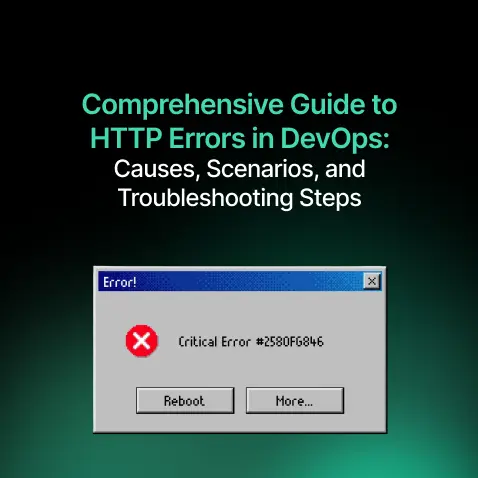
Comprehensive Guide to HTTP Errors in DevOps: Causes, Scenarios, and Troubleshooting Steps
- Blog

Trivy: The Ultimate Open-Source Tool for Container Vulnerability Scanning and SBOM Generation
- Blog
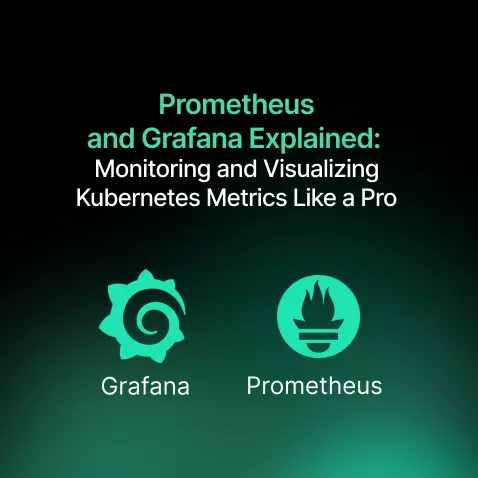
Prometheus and Grafana Explained: Monitoring and Visualizing Kubernetes Metrics Like a Pro
- Blog
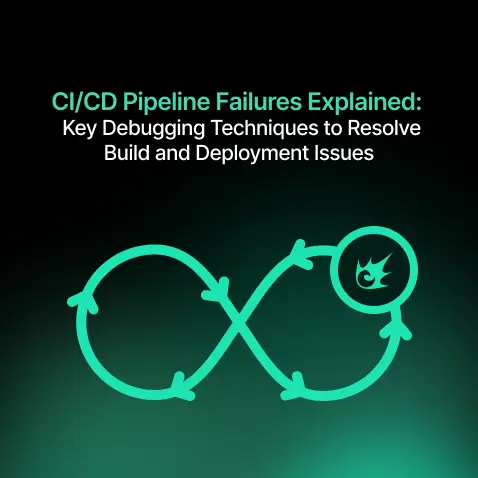
CI/CD Pipeline Failures Explained: Key Debugging Techniques to Resolve Build and Deployment Issues
- Blog
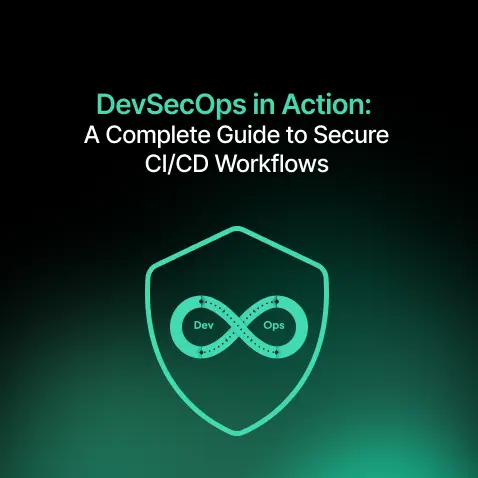
DevSecOps in Action: A Complete Guide to Secure CI/CD Workflows
- Blog
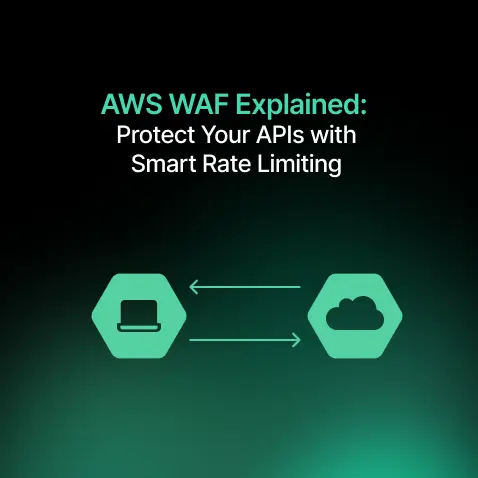
AWS WAF Explained: Protect Your APIs with Smart Rate Limiting
- Blog

